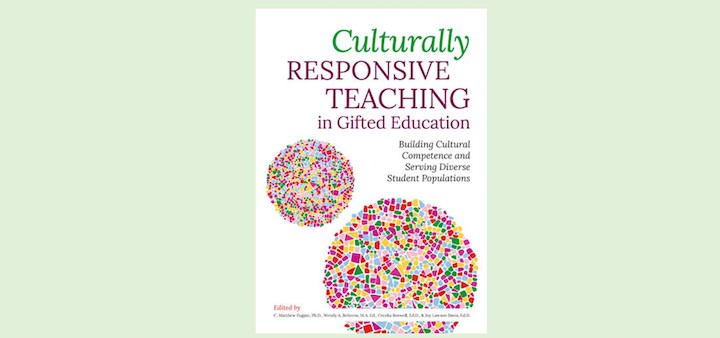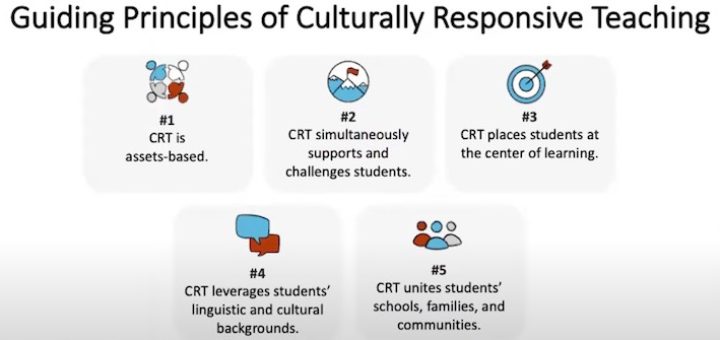Tagged: Culturally Responsive Teaching
Megan Kelly writes about improvements in her student relationships after trying out strategies adapted from Zaretta Hammond’s Culturally Responsive Teaching and The Brain. One key insight: talking with kids about their lives and personal interests can boost in-class learning.
In Culturally Responsive Teaching and the Brain, Zaretta Hammond offers a clear explanation of brain-based learning from a culturally diverse perspective and a clear description of how it looks in action through authentic engagement and rigor, writes teacher leader Bill Ivey.
Culturally Responsive Teaching in Gifted Education is an essay collection addressing a variety of populations and will benefit all students, says History and ELA teacher Megan Kelly. She highlights three, including “Promoting Racism: Through the Eyes of a Black Mother.”
Culturally Responsive Teaching is not a fad. It’s not one more thing we have to do for multilinguals, writes Tan Huynh. It’s a way of designing instruction for ML/EL/ESL learners that’s grounded in the assets of students, their families, and their communities.
When teaching ELLs using a culturally responsive-sustaining pedagogy, write Larry Ferlazzo and Katie Hull-Sypnieski, centering student voice is critical to creating the conditions for student success. The teacher asks for, listens to, and acts on student ideas and feedback.
Culturally responsive and sustaining teaching needs to underlie and guide all our classroom practices, write Ferlazzo and Sypnieski. When we validate the cultural learning tools that diverse learners bring, we can leverage them to produce positive outcomes for all students.
The ELL Teacher’s Toolbox is all meat with 400+ pages of teaching tactics, techniques, and methods, organized for use by ELL teachers and their colleagues across content areas. Educator Rita Platt says the book’s high impact strategies are perfect for summer PD.
Texas professional learning leader Valentina Gonzalez launches her new MiddleWeb blog, The UnStoppable ELL Teacher, with a look at Culturally Responsive Teaching – what it means and why it’s essential to helping English language learners succeed in American classrooms.






















